Because version 21H1 is based on version 2004, using Microsoft Update Assistant is recommended for devices running an earlier version. If your computer or laptop runs Windows 10 versions 2004 or 20H2, the May 2021 update will arrive as a complete installation that will take more time to download and install. There is also a chance you may experience upgrade problems. Windows 10's privacy settings have more detailed explanations of data that the operating system may collect. Additionally, the "enhanced" level of telemetry collection was removed. Windows Update notifications may now be "snoozed" for a period of time, the "active hours" during which Windows will not try to install updates may now extend up to 18 hours in length, and updates may be paused for up to seven days.
Windows Defender has been replaced by the universal app Windows Defender Security Center. Devices may optionally be configured to prevent use of software from outside of Microsoft Store, or warn before installation of apps from outside of Microsoft Store. "Dynamic Lock" allows a device to automatically lock if it is outside of the proximity of a designated Bluetooth device, such as a smartphone.
A "Night Light" feature was added, which allows the user to change the color temperature of the display to the red part of the spectrum at specific times of day (similarly to the third-party software f.lux). If there is a loophole to install Windows 11 on older hardware, it will be used. Some companies that sell PCs will refresh the OS image to make the system seem newer without needing to update the hardware.
Some people will get all the way through the upgrade or fresh installation process, only to discover they'll no longer get security updates and must now unwind the OS installation or fall back to Windows 10. Windows 10 version 21H1 isn't an actual feature update, at least in the traditional sense. With some updates, Microsoft releases a full build that weighs in at over 4GB.
That's a major feature update, and there's a lot more potential for things to go wrong. When those updates are in the Release Preview channel, they're still in preview because they have to be serviced before they're released. OneDrive lets you back up and sync the Desktop, Documents, and Photos user folders automatically. You still can't designateanyfolder on the system for backup, as you can with Google Drive or SugarSync, but those folders contain most of what people want to protect. OneDrive's new Personal Vault feature rolled out to all users in October 2019.
It uses strong encryption to safeguard your most sensitive files. You need to authenticate your account to open the folder. There are several known issues in this update, including one in which system and user certificates might be lost when updating a device from Windows 10 version 1809 or later to a later version of Windows 10. In addition, devices with Windows installations created from custom offline media or custom ISO images might have the legacy version of Microsoft Edge removed by the update, but not automatically replaced by the new Microsoft Edge.
First, Microsoft announced it was standing mostly firm on its PC hardware requirements for Windows 10. The company also updated its PC Health Check app to deliver more information on whether your system is qualified to install Windows 11. This process will only work if you're attempting a major feature update. If you're trying a security update, navigate to the Microsoft Update Catalog, and search for the KB number of the security update that's failing to install. Microsoft Update Assistant will now download the files it requires and install the 21H1 version on your device while keeping your apps, settings, and files intact.
How much time the update will take depends on your internet connection and hardware configuration. The tenth stable build of Windows 10, version 2004, codenamed "20H1", was released to the public on May 27, 2020 after being on the Insider Release Preview branch since April 16, 2020. A new feature on Pro, Education, and Enterprise known as Windows Sandbox allows users to run applications within a secured Hyper-V environment.
On May 18, Microsoft announced the availability of Windows 10 version 21H1, known as the May 2021 Update. But the launch of a major Windows 10 update isn't the end of a process — it's really just the beginning. As soon as one of Microsoft's twice-yearly feature updates is released, the company quickly gets to work on improving it by fixing bugs, releasing security patches, and occasionally adding new features. Restricting feature updates and driver installations is fine. Take a lesson from your earlier self, Microsoft, because you used to know the answer to this question. Take no action that undermines the overall security of the PC ecosystem in the name of improving it.
People who steal Windows 11, at this point, look more likely to get security updates than people who install legal versions on older hardware. Not receiving Windows feature updates is no penalty at all and manually handling driver updates is not an issue, either. It might be mildly annoying for some people, but that's it. The idea of Microsoft refusing security updates, however, is unprecedented. When the company blocked new systems from installing Windows 7 it could point to the fact that it had launched not one, but two new operating systems since Windows 7, with significant built-in security advantages.
We're not declaring that a fabulous argument, but it was a pro-consumer argument. Once you complete the steps, the feature will take a snapshot of the current setup then if the feature update is causing issues, you can use the restore point to undo the changes without affecting your files. While the May 2021 Update is a minor update based on version 20H2 and 2004, you can still stumble upon problems during and after the upgrade, especially if you are updating a device with an older version. However, if you spend the time to prepare, you will have a better experience.
During the preparation process, the Media Creation Tool pulls the setup files and any available updates from the Microsoft server to install the most recent build of Windows 10. However, sometimes, the tool may get stuck during updates that will block the setup from continuing the installation. Since this is a minor update, it will arrive as a quality update for devices already running the two most recent versions without the need for reinstallation. However, on computers still using an older release , the upgrade won't change, and complete reinstallation will be required. Well, there's a first time for everything, and now the July and August Windows security updates are causing the trusty Alt + Tab keyboard shortcut to not work properly.
Alt + Tab is the shortcut for quickly switching between different open windows – it's probably one of the most important shortcuts around – but users are reporting that after these updates it stops working for full-screen apps . Apparently, you're unable to Alt + Tab back to the full-screen app and are presented with a black screen. ISO fileAfter the download is complete, you'll need to mount the ISO file and open it in a Windows Explorer/File Explorer window.
On a PC running Windows 8.1 or Windows 10, you can double-click the ISO file to open it as a virtual drive. On a PC running Windows 7, you'll need to install a third-party utility such as the free, open-source WinCDEmu. After mounting the ISO file, double-click Setup to start the install process. For over a year, Microsoft has stated that it doesn't see Cortana as an Amazon Alexa competitor, but instead as a productivity tool.
The May 2020 update removes support for voice control of smart home devices and music streaming services. You can still ask it general information and weather, set reminders, check your calendar, and create to-do lists. It sets alarms and timers, opens apps, adjusts settings, and can still tell you a joke.
Another differentiator is that programs have their own menus, rather than using the operating system menus along the top of the screen as macOS and Ubuntu do. Redstone also supports Windows Subsystem for Linux, a new component that provides an environment for running Linux-compatible binary software in an Ubuntu-based user mode environment. This update fixes a bug and includes a variety of security updates.
The bug fixed could damage the file system of some devices and prevent them from starting up after running chkdsk /f. It would be better for Microsoft to kill the unofficial loophole altogether than to allow Windows 11 installation but block security updates. The entire PC market has been trained to expect each new version of Windows to be at least as secure as the previous version. Furthermore, we know there's nothing so catastrophically wrong with Windows 10 that would force Microsoft to rush a new operating system to market because the company is going to support Windows 10 for almost four more years. If Windows 10 is safe enough to use until October 14, 2025, then there is no realistic possibility that a PC running Windows 11 on older hardware represents some kind of security problem unless Microsoft starts blocking security updates. On PCs running version 1909 or earlier, you can expect the much longer installation time that comes with a full feature update.
After a lot of criticism over the hardware requirements for Windows 11, the company finally relented and recently announced that users could manually install Windows 11 on their computers. While Windows 10 users might be able to take advantage of the new features on the upcoming operating system, there's a security issue with installing the update via this route. If this is a driver issue, then installing the latest updates from the manufacturer support website may help fix the problem. In the case that there's not a newer update, you should consider using a beta release of the device driver. If there is a bug, perhaps it is a known issue that the company is working to fix in an upcoming update, which may already be available as a pre-release.
After you complete the steps, continue with the version 21H1 upgrade process. Alternatively, you can try the Update Assistant to update the system to the newest version. In the event that you receive the error code 0x800F0922, it could be that the device cannot contact the server to download the installation files. It could also mean that there is not enough space in the System Reserved partition. After every major update, Windows 10 gives you a 10-day window to roll back to a previous version of Windows. It's a useful feature and should give you enough time to judge whether you have a problematic update.
Of course, this won't recover your files if Windows 10 deletes them, but at least you'll be on a more stable version of the OS. Windows is by far the most popular operating system for desktop computers, with more than 1.3 billion active PCs running it. The OS has reached a point of polish and functionality to earn it a PCMag Editors' Choice award. The 'Uninstall updates' window will present you with a list of all recently installed updates to both Windows and any programs on your device. Just select the update you wish to uninstall from the list.
Windows 10 users can check whether the update is available for their PCs by opening the Settings app, choosing the Update & Security section, navigating to Windows Update and hitting the Check for Updates button. It's also possible to download the new version as a disc image and install it on a PC with a USB stick or DVD. Fortunately, Windows will periodically check for the latest system updates and install them automatically. All you need to do is restart your computer to ensure the updates finish installing . As convenient as automatic updates are, there are times when you'll want to manually check for updates, like when an important security patch is rolling out or if you've encountered a major bug. You do not need to visit any external website to download Windows 11.
You can simply go to the system updates section of your existing windows and search for a new update. If Windows 11 is available, then it will show in your upgrade section. You can simply click the Download and Install button to install the domain directly to your system. The ninth stable build of Windows 10, version 1909, codenamed "19H2", was released to the public on November 12, 2019 after being on the Insider Release Preview branch since August 26, 2019.
Unlike previous updates, this one was released as a minor service update without major new features. The fifth stable build of Windows 10 is called version 1709, known as the Fall Creators Update. Version 1709 introduces a new feature known as "My People", where shortcuts to "important" contacts can be displayed on the taskbar. Notifications involving these contacts appear above their respective pictures, and users can communicate with the contact via either Skype, e-mail, or text messaging .
Support for additional services, including Xbox, Skype for Business, and third-party integration, are to be added in the future. Files can also be dragged directly to the contact's picture to share them. My People was originally announced for Creators Update, but was ultimately held over to the next release, and made its first public appearance in Build in late April 2017. A new "Files-on-Demand" feature for OneDrive serves as a partial replacement for the previous "placeholders" function. The third stable build of Windows 10 is called version 1607, known as the Anniversary Update. This version was released on August 2, 2016, a little over one year after the first stable release of Windows 10.
The Anniversary Update was originally thought to have been set aside for two feature updates. While both were originally to be released in 2016, the second was moved into 2017 so that it would be released in concert with that year's wave of Microsoft first-party devices. Windows 10 is a series of operating systems developed by Microsoft.
This build fixes a few minor bugs and includes a variety of security updates. Among the bugs fixed are an issue with creating null ports using the user interface, and another issue with a possible elevation of privilege in win32k. There are two known issues in this update, including one in which system and user certificates might be lost when updating a device from Windows 10, version 1809.
There are three known issues in this update, including one in which system and user certificates might be lost when updating a device from Windows 10 version 1809. There are several known issues in this build, including one in which System and user certificates might be lost when updating a device from Windows 10 version 1809 or later to a later version of Windows 10. Devices using Windows Update for Business or that connect directly to Windows Update are not impacted. In addition, it makes quality improvements to the servicing stack, which is the component that installs Windows updates. The May 2021 update began rolling out on May 18 to select devices, starting with those running Windows 10 version 2004 or later. Not all devices will be offered the update right away, so try to be patient until it reaches yours.
It should be noted that if you have a Windows 7 or 8 Home license, you can only update to Windows 10 Home, while Windows 7 or 8 Pro can only be updated to Windows 10 Pro. Today marks the beginning of Windows 10, version 21H1 availability. As I noted when we first announced the May 2021 Update in February, we grounded this update on the needs expressed by you, our customers, over the past year of continued remote work, learning and play. The May 2021 Update is purposely scoped to deliver important features that improve security, remote access and quality—and engineered to provide a fast update experience. We have released and evaluated preview builds through the Windows Insider Program over the past months and, based on the feedback gathered from our Insider community, we are now ready to begin a phased rollout. My post today shares details on our measured rollout approach, how you can get the update and some overall information on Windows.
It is very odd to see Microsoft talking about improving the security of its new operating system while simultaneously leaving itself the option to block security updates to any group of customers. One of the most basic rules of security is that a system is only as strong as its weakest link. Allowing enthusiasts to install Windows 11 while making it impossible to use in a secure fashion is not a nod to the enthusiast community.
It's not an effective or acceptable compromise and it will not be perceived as any kind of good faith option. It would also be the first time that Microsoft ever created an upgrade path that was deliberately, consciously less secure than the OS before it. That's not a line any company should cross, ever, under any circumstances.



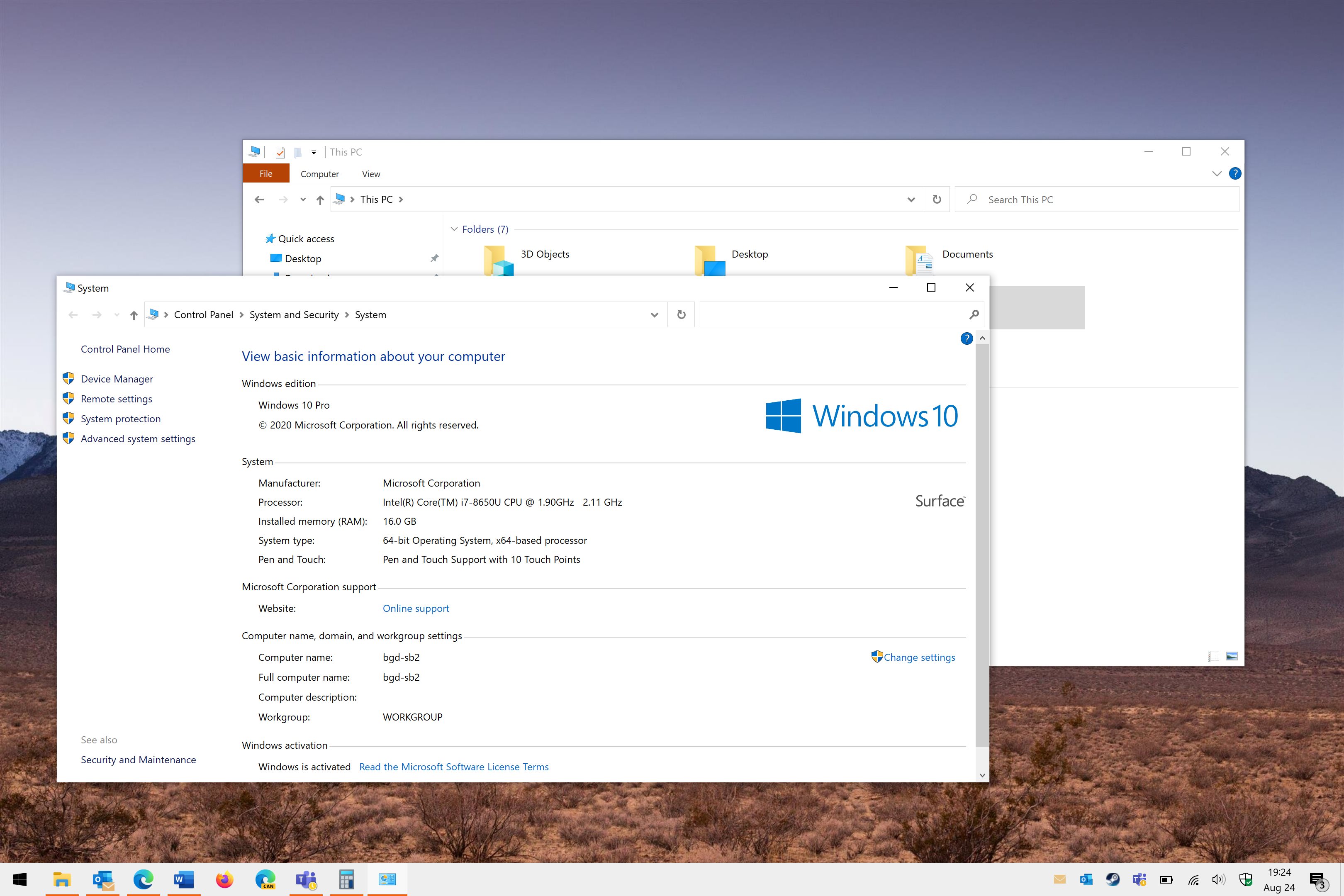


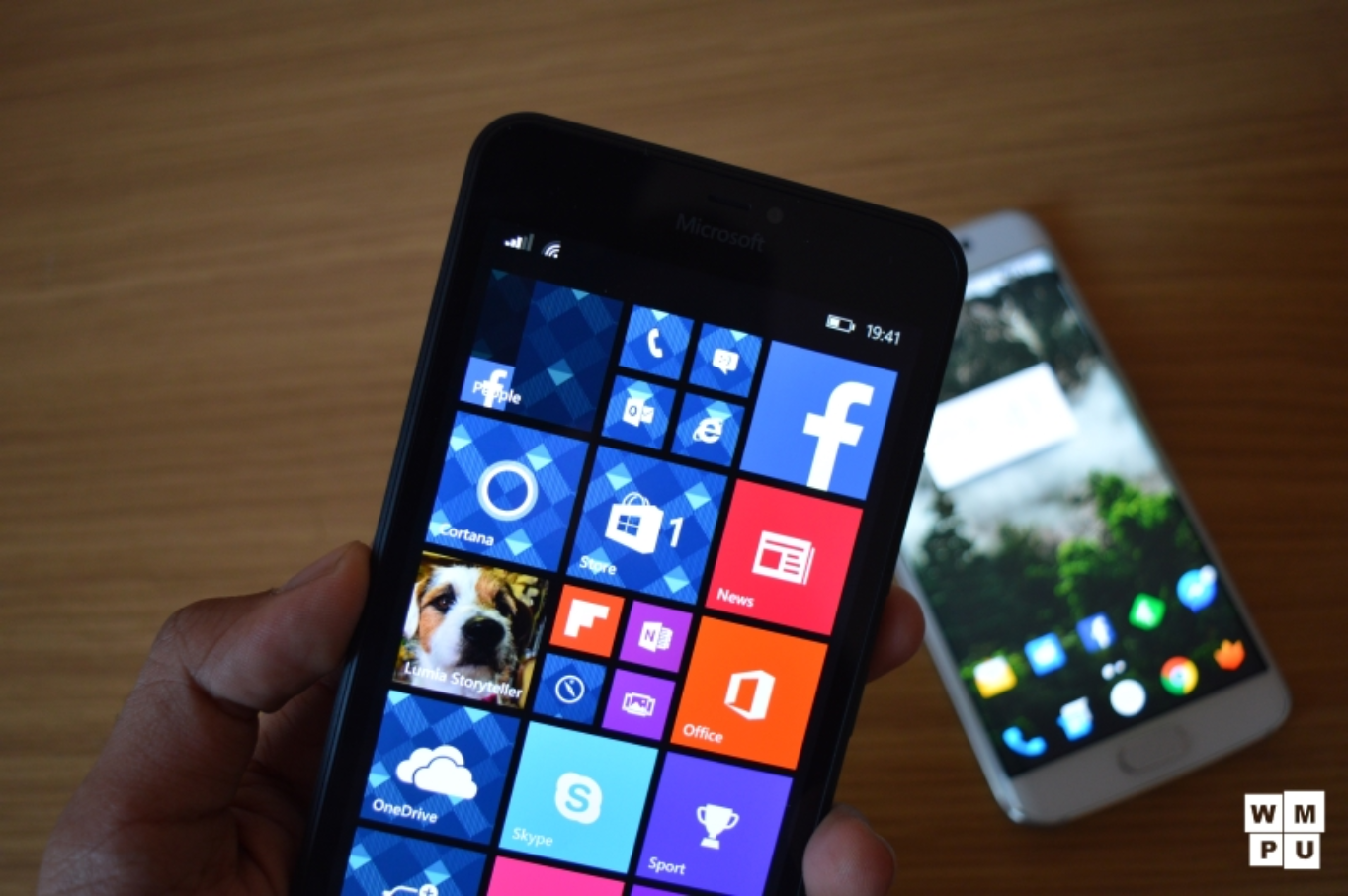


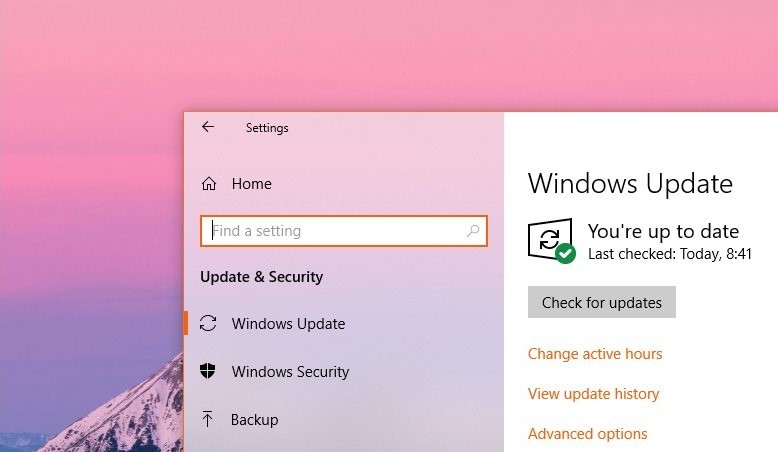


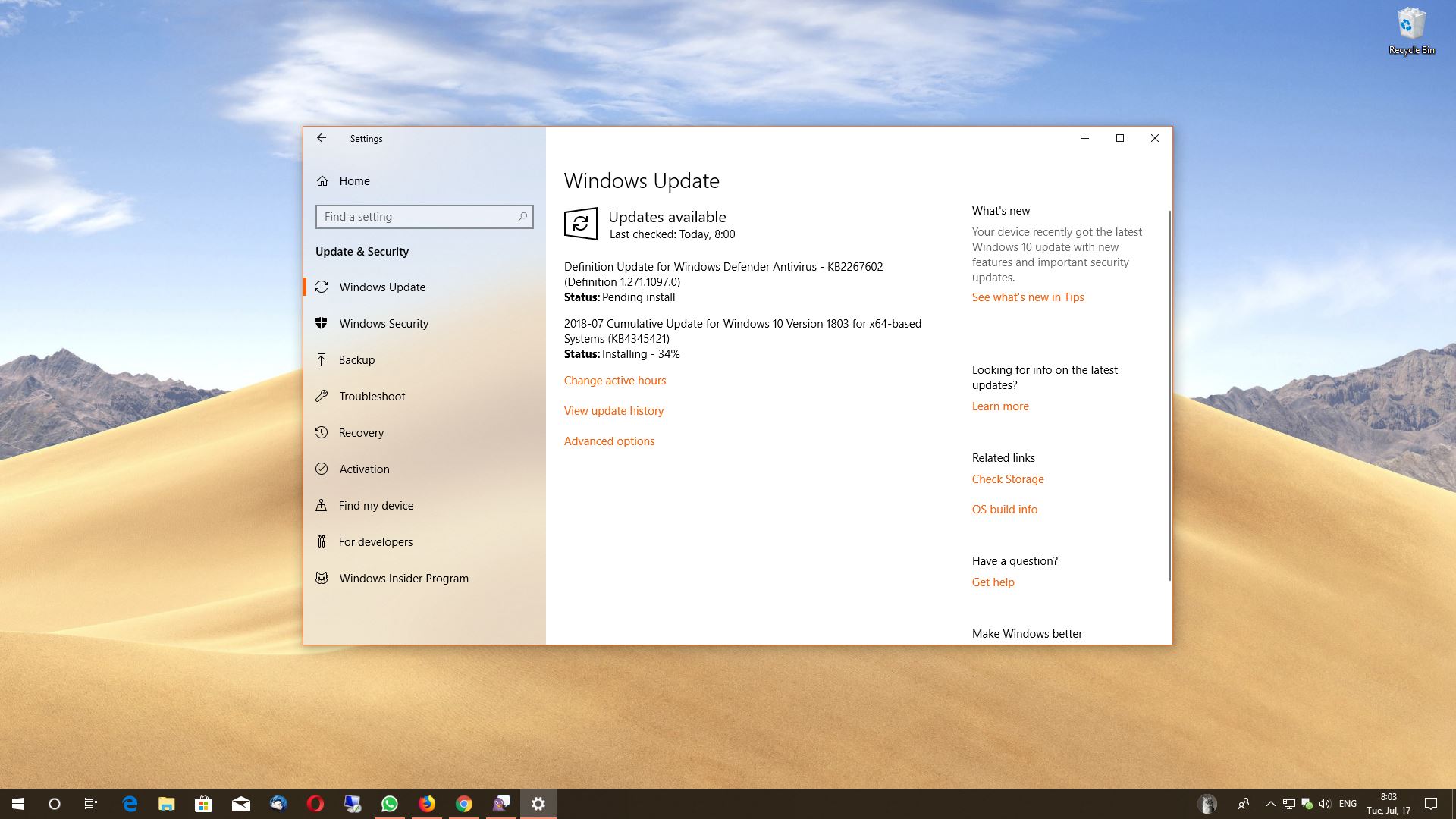
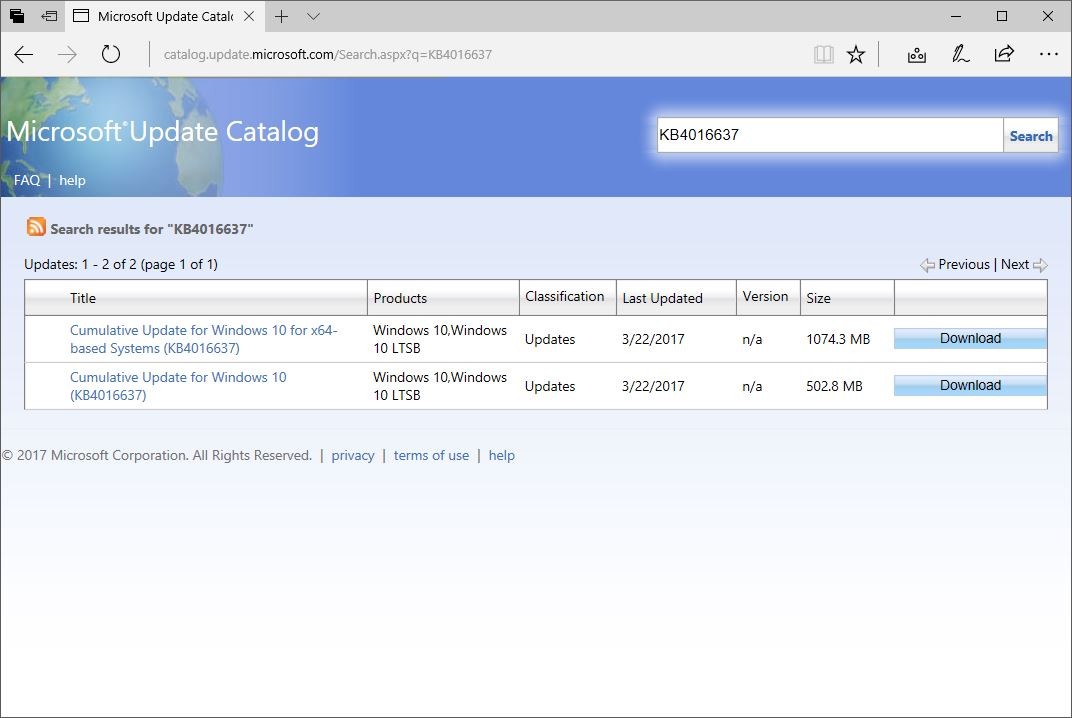

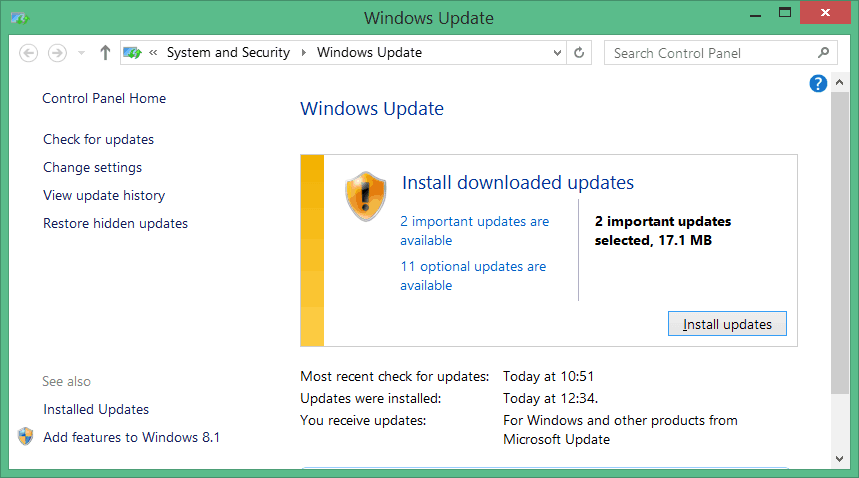
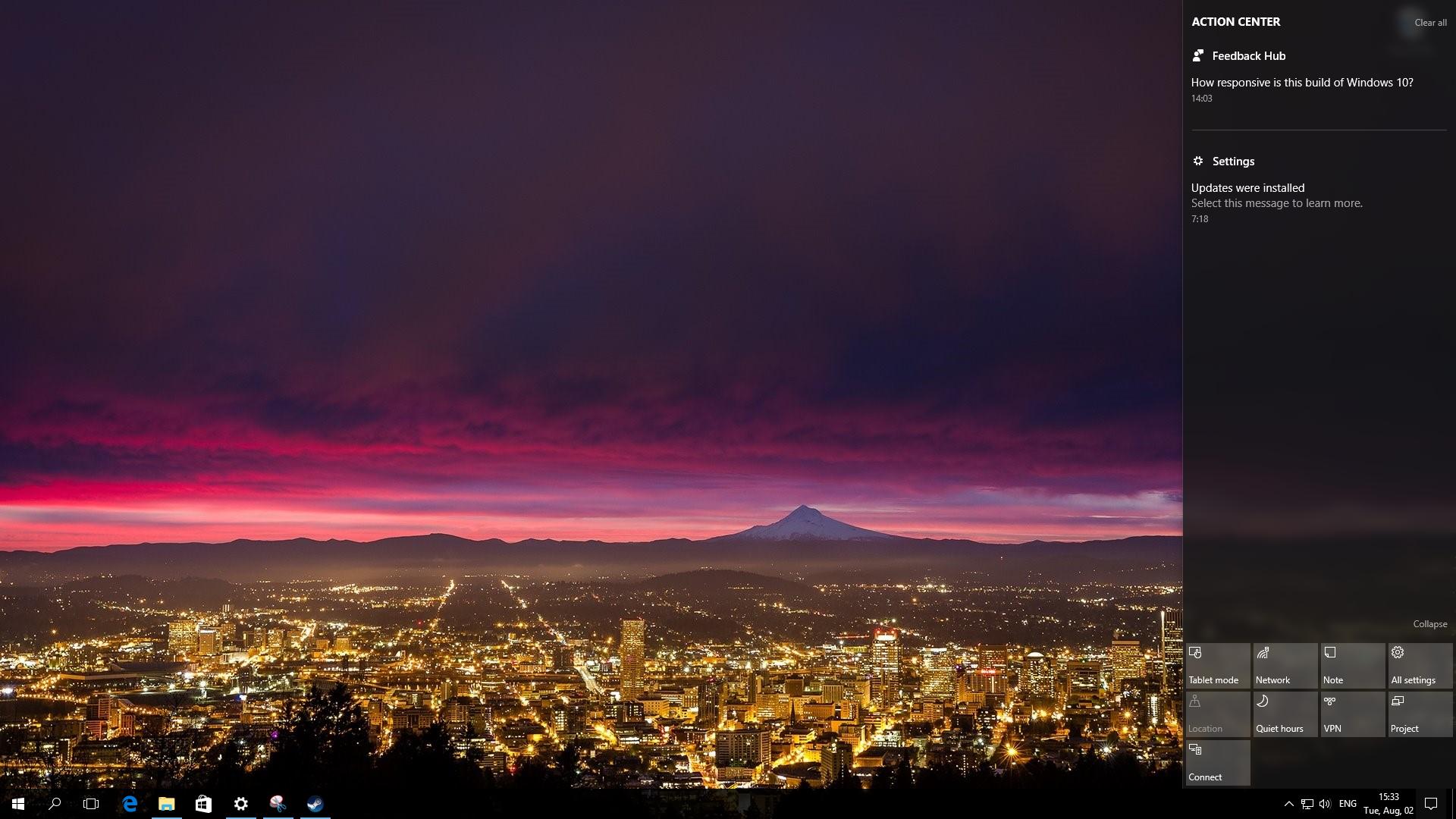

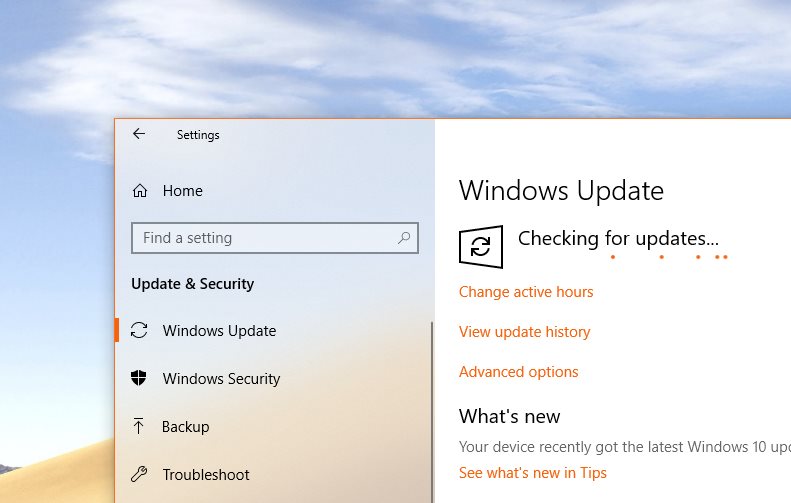
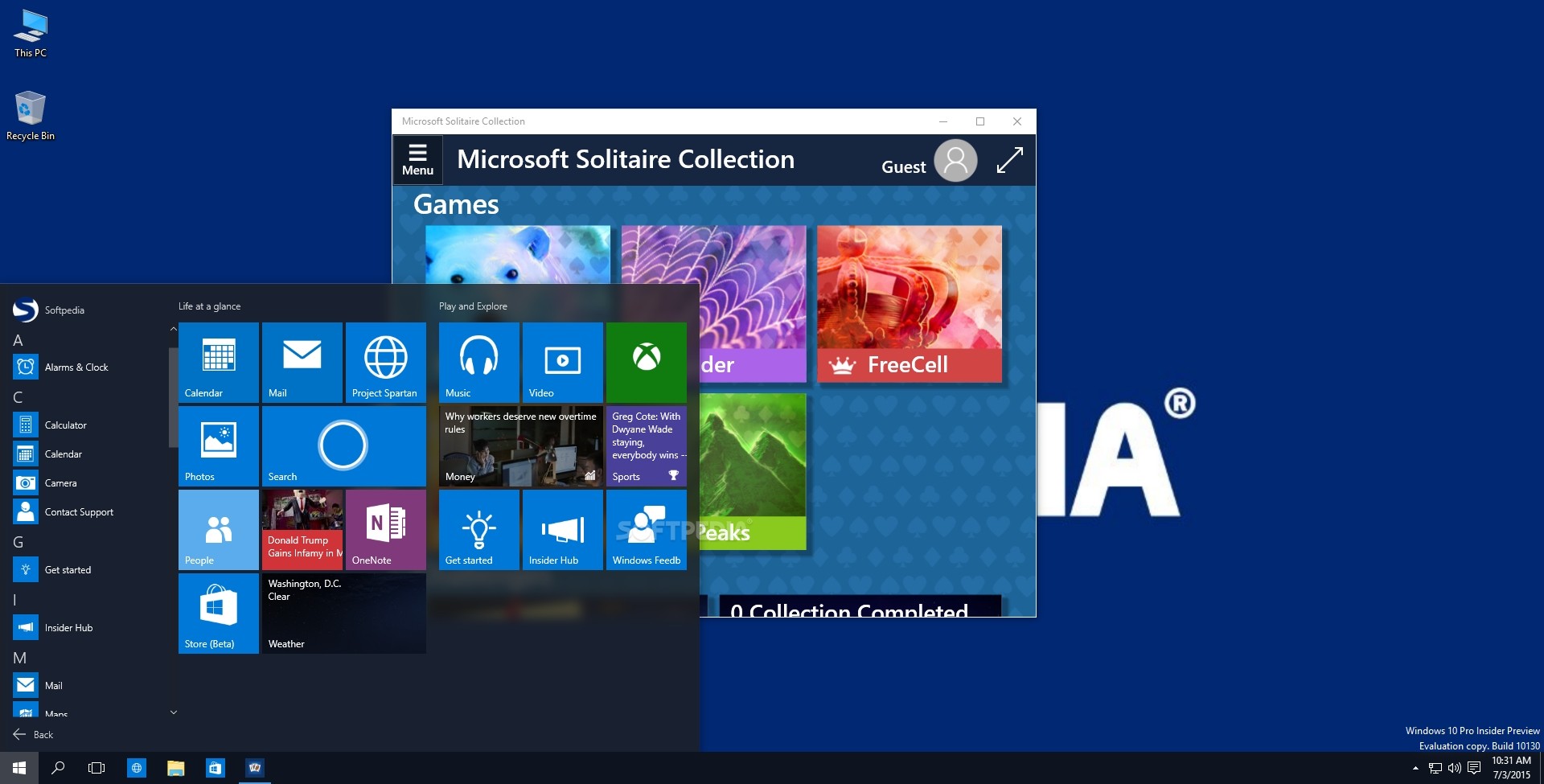











No comments:
Post a Comment
Note: Only a member of this blog may post a comment.